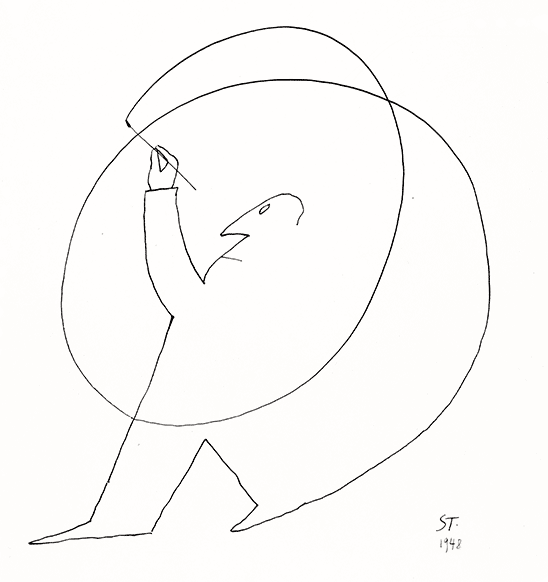1960
February 14, “The Stamp of Steinberg” airs on CBS-TV as part of its experimental Camera Three series, followed by a screening at The Museum of Modern Art, New York. The episode has shots of ST drawings from his books accompanied by distorted music and absurdist recitations.
ST and Hedda separate; never divorced, they remain close friends for the rest of his life.
April-May, sails to Paris. Visits sister, Lica Roman, and her family; early May to Nice to visit parents, then on to Rome for a few days before returning to Paris. Flies back to New York on May 15.
While in Paris, purchases a house for the Romans in the Paris suburb of Cachan.
June 15, signs lease for an apartment at 3 Washington Square Village, one of four newly constructed modernist hi-rise buildings in Greenwich Village.
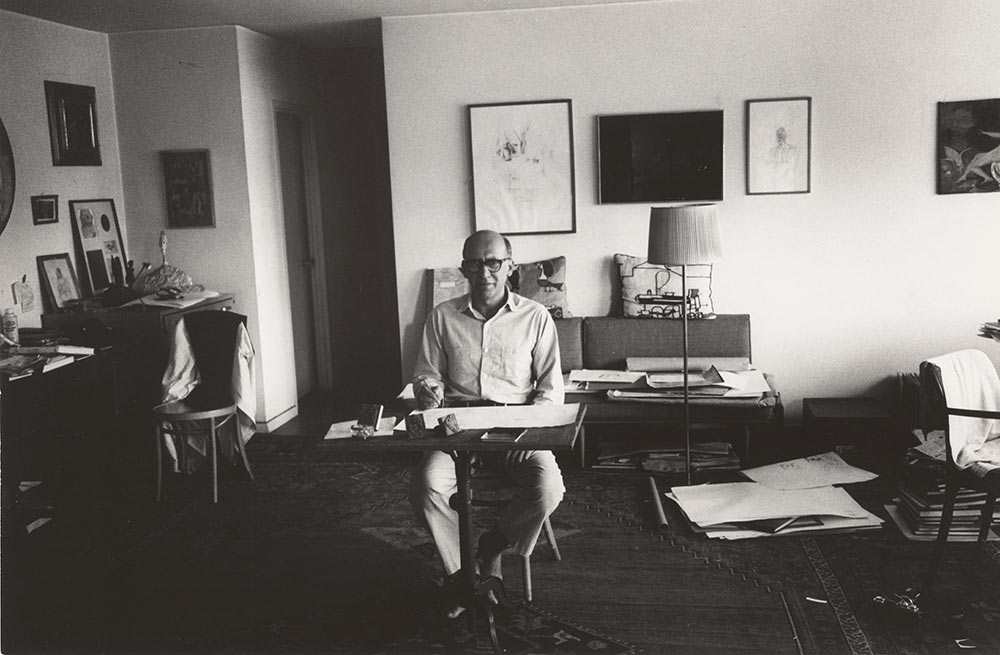
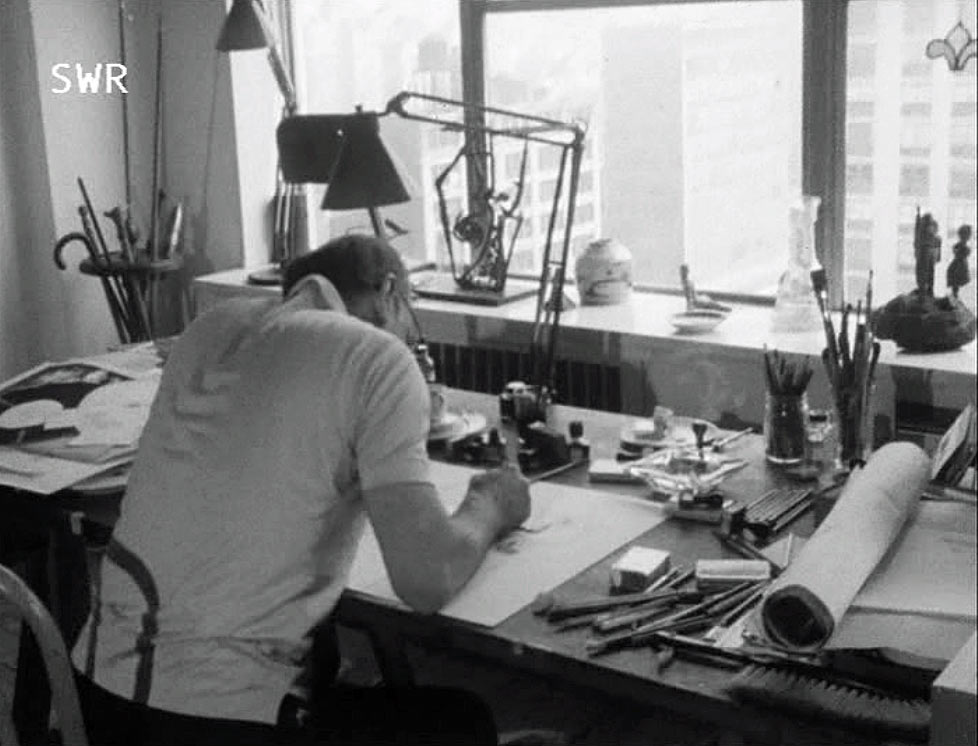
Around July, meets Sigrid Spaeth (1936-1996), a German design and photography student working in New York. Although the relationship is sometimes troubled, they remain partners until her death, though often live apart.
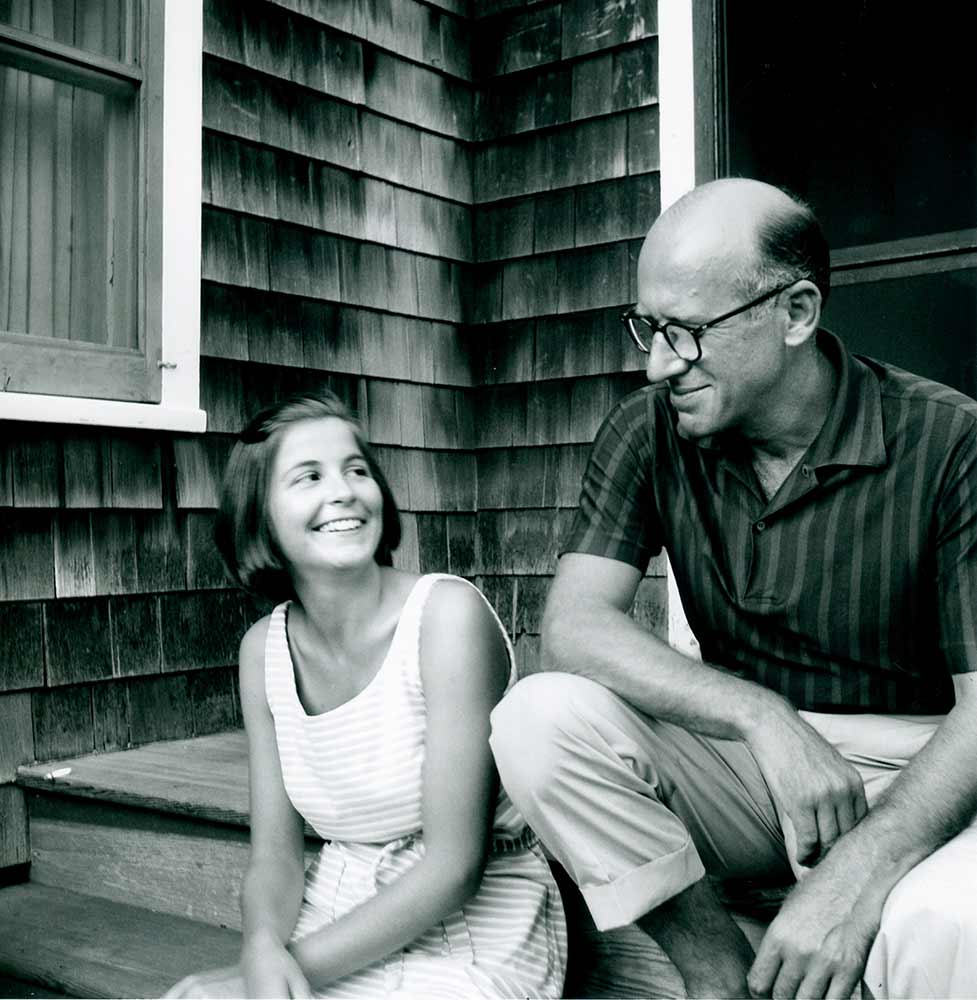
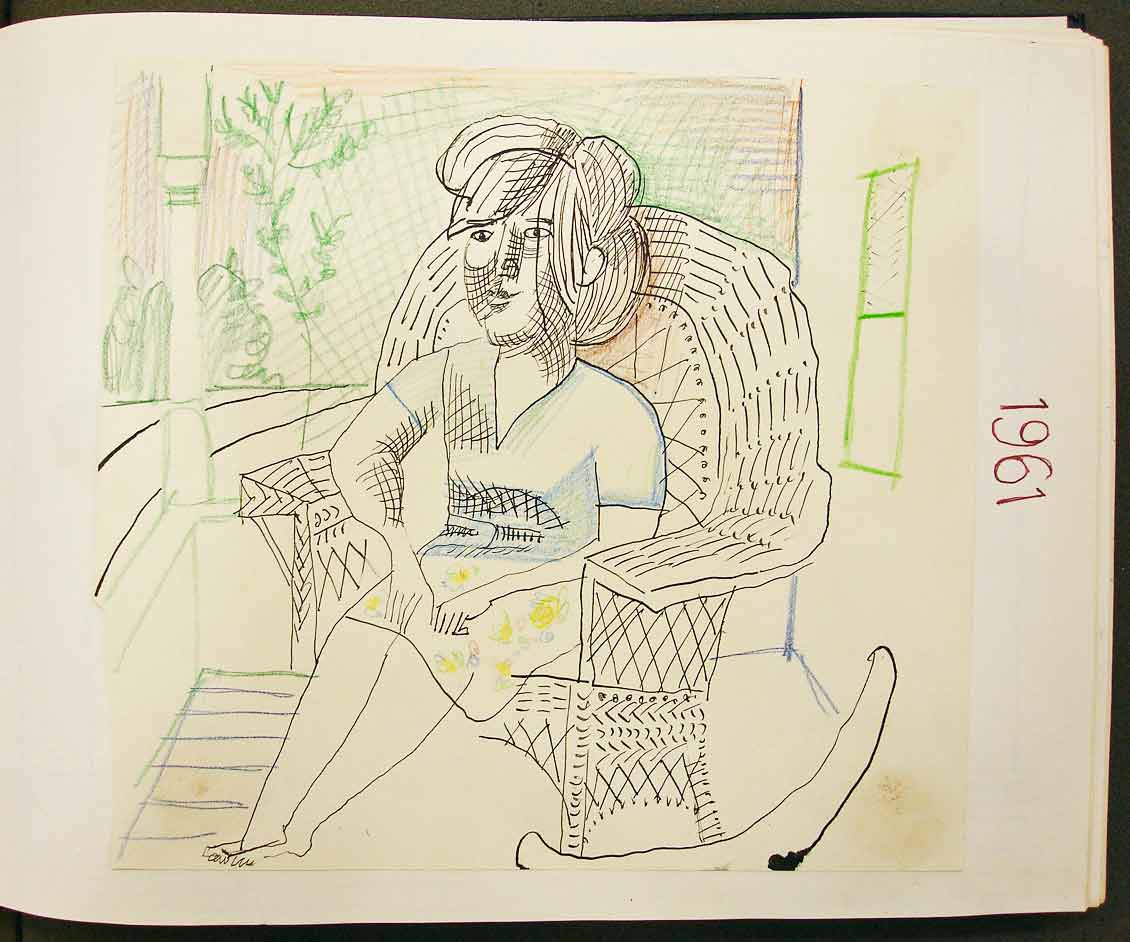
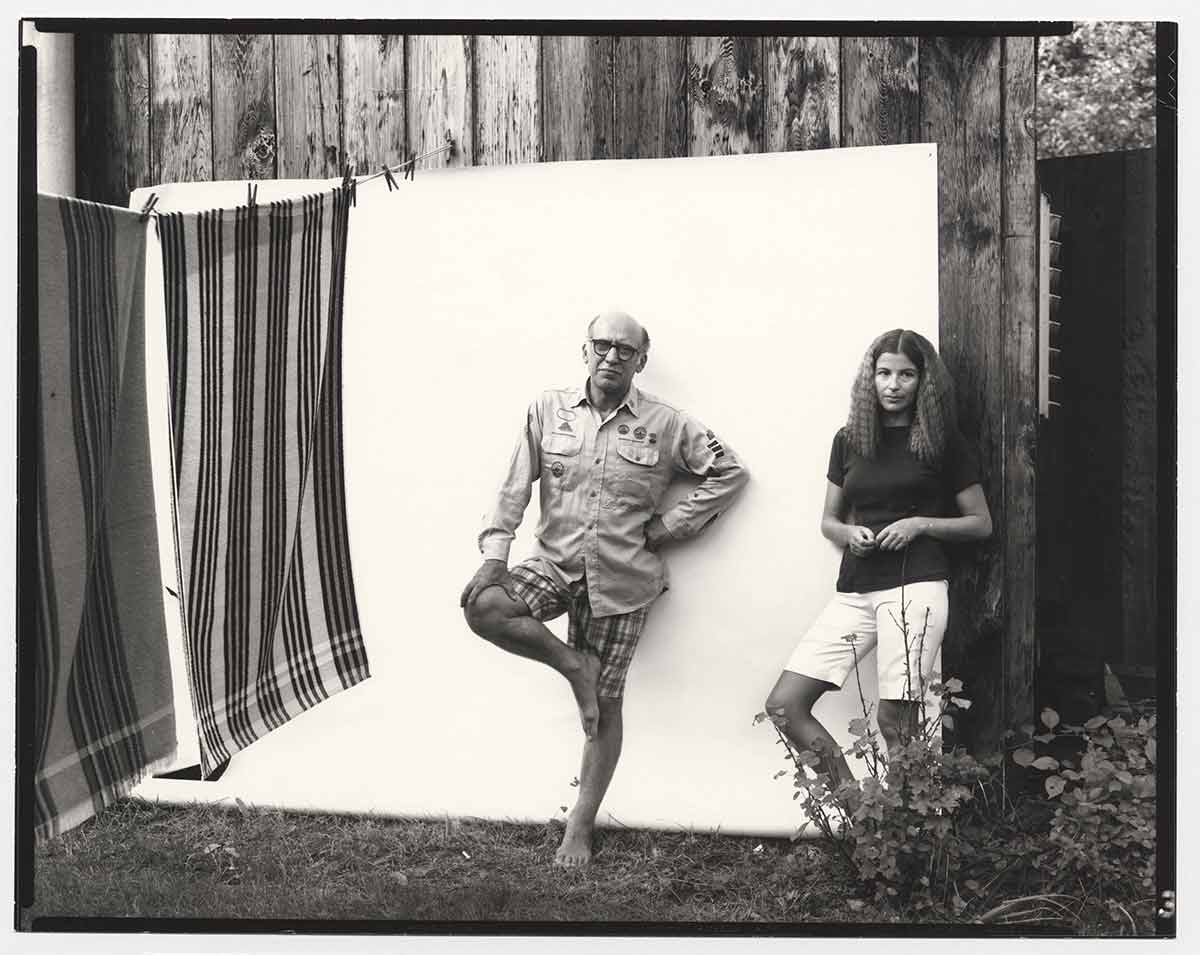
July 30, his father, Moritz Steinberg, dies in Nice. His mother, Rosa, moves to Paris to live with Lica and family.
December, publication of The Labyrinth, his fourth compilation of drawings. ST sends a copy to Le Corbusier, who responds: “You draw like a king. The dignity that cloaks your trenchant jokes makes you unique.”
At about this time, ST’s art as well as his personal life undergo significant change, as he gives up nearly all commercial and magazine work to concentrate on drawings for The New Yorker and gallery exhibitions. His art takes on a more intellectual tone.
Late 1960-early 1961, shaves off his trademark mustache, which gives him a more American look. “There was great consternation when I shaved off my mustache. I suddenly made people use their eyes again. They didn’t want to look; they had an image of me and they were content with it.”
